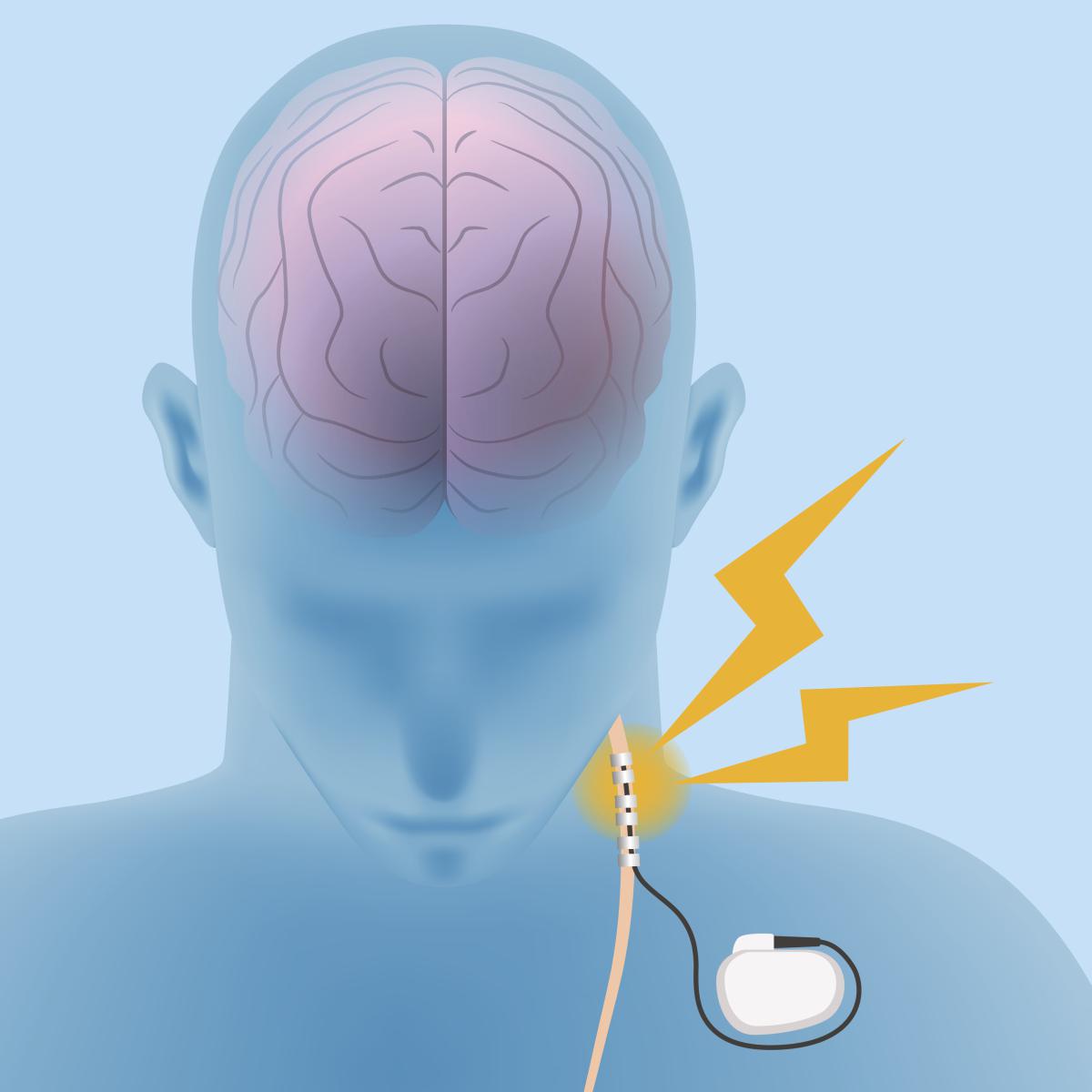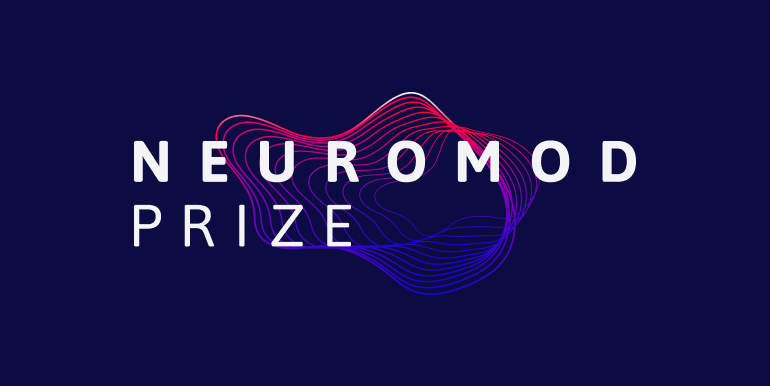In Phase 1 of NIH Common Fund’s Stimulating Peripheral Activity to Relieve Conditions (SPARC) program, SPARC researchers developed tools to map the complex highway of nerves that send signals throughout our bodies and studied how nerve activity can be modified to mitigate the effects of some diseases. The SPARC.science public website was created to share resources and information on the anatomy and function of the autonomic nervous system and potential therapeutic targets to researchers worldwide.
The SPARC program has begun Phase 2, where it will build off the successes of Phase 1 to develop and share more datasets on the structure and function of the peripheral nervous system, test new therapies to treat diseases such as hypertension, heart failure, chronic pain, and gastrointestinal issues, and make technologies that modify nerve function freely available for researchers to access and use. Phase 2 introduces three new initiatives: SPARC-V, SPARC-O, and SPARC-X.
 REVA: SPARC researchers will produce high-resolution maps of the human vagus nerve, which connects many organs throughout the body such as the lungs, heart, intestines, and kidneys, and carries sensory information back to the brain. The vagus nerve is involved in controlling digestion, heart rate, breathing, and many other unconscious functions, and mapping its structure is key to understanding how its function can be modified with bioelectronic devices to help treat diseases related to those functions.
REVA: SPARC researchers will produce high-resolution maps of the human vagus nerve, which connects many organs throughout the body such as the lungs, heart, intestines, and kidneys, and carries sensory information back to the brain. The vagus nerve is involved in controlling digestion, heart rate, breathing, and many other unconscious functions, and mapping its structure is key to understanding how its function can be modified with bioelectronic devices to help treat diseases related to those functions.
VESPA: Thousands of bioelectronic implants that modify vagus nerve activity through vagal nerve stimulation (VNS) are used every year to treat depression and epilepsy and for stroke rehabilitation, but there is much more to learn about the effects of stimulating the vagus nerve on other organ systems. Through the VESPA initiative, SPARC-funded researchers will study the effect of a common set of VNS parameters on many different organs, body systems, and processes such as metabolism and the immune system with a large number of patients in coordinated clinical studies. This dataset will aid scientists, engineers, and clinicians in finding new ways to use VNS to treat diseases.
Modifying electrical signals in the body by targeting nerve function is a promising approach to help treat many conditions and improve organ function, but the development of these kinds of therapeutic approaches is often limited by the cost of designing and building tools to modulate nerve function. SPARC aims to accelerate studies in this area and reduce regulatory burdens on researchers and technologists by creating open-source device specifications, such as hardware, software, firmware, or other technology modules needed to build neuromodulation systems.
 The Neuromod Prize is a $9.8 million, multi-phase competition to advance the development of new bioelectronic therapies to modulate nerve function. The eight winners of Phase 1 of the Neuromod Prize are developing breakthrough technologies that can regulate nervous system activity in the spinal cord, heart, and gut to treat chronic pain, reduce the effects of spinal cord injuries, and improve quality of life. In Phase 2, these projects will conduct proof-of-concept studies, and up to four may be selected to advance to Phase 3.
The Neuromod Prize is a $9.8 million, multi-phase competition to advance the development of new bioelectronic therapies to modulate nerve function. The eight winners of Phase 1 of the Neuromod Prize are developing breakthrough technologies that can regulate nervous system activity in the spinal cord, heart, and gut to treat chronic pain, reduce the effects of spinal cord injuries, and improve quality of life. In Phase 2, these projects will conduct proof-of-concept studies, and up to four may be selected to advance to Phase 3.
Throughout Phase 2 of SPARC, the SPARC Portal will continue to share curated data sets, detailed maps and simulations of nerve anatomy, and other tools that are freely available to the entire biomedical community to use for experimental computation and visualization.


